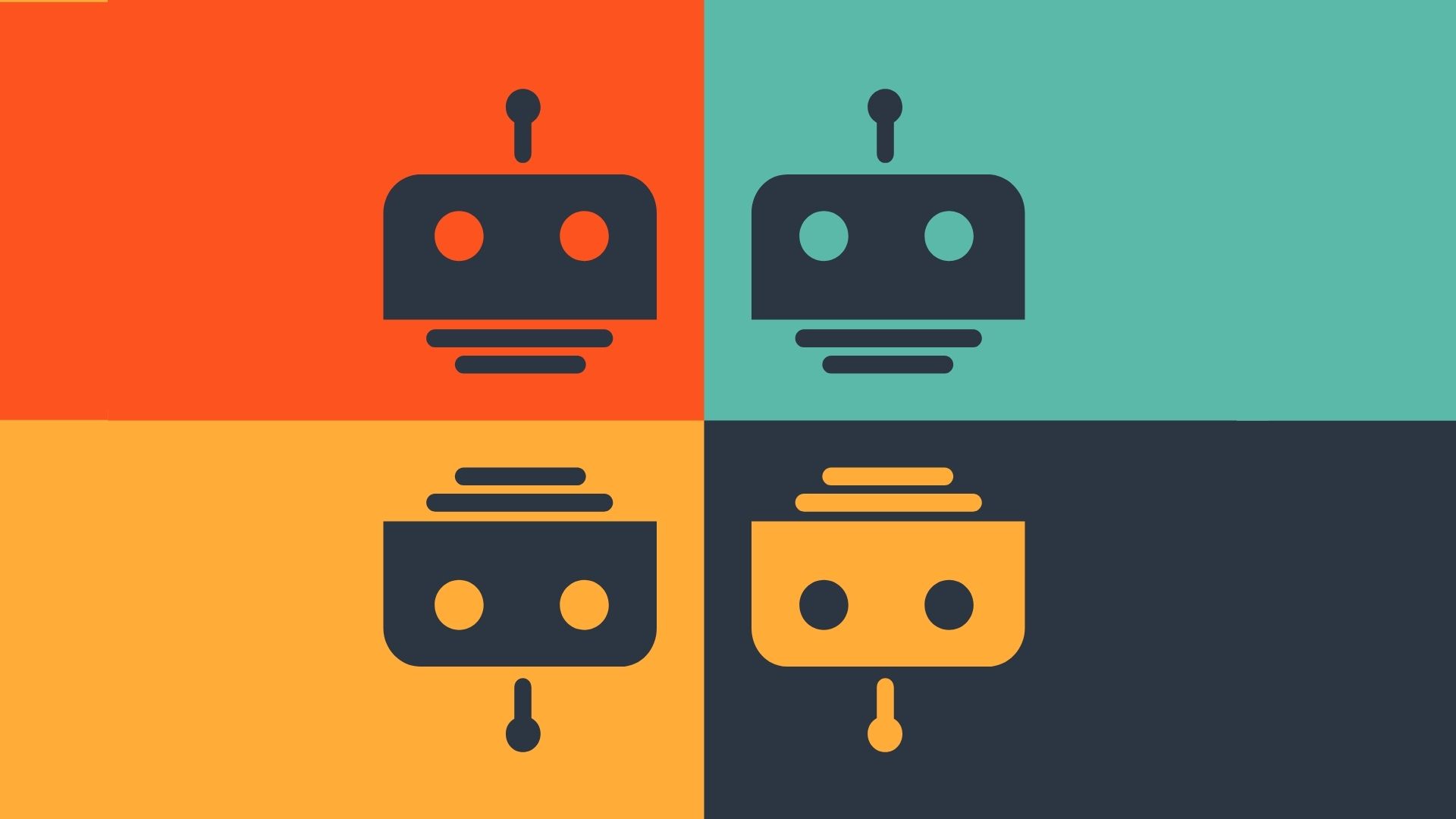Harness Chatbot Technology & Upgrade Your Marketing Strategy
Chatbots are an increasingly prevalent AI-powered tool that simulates natural conversations with customers. Learn how they can improve your marketing strategy.
Once a rarely seen tool with limited applications, chatbots have since become a viable, versatile marketing tool thanks to rapid technological advances. According to a 2021 Grandview Research growth report, the global chatbot market size was approximately $430.9 million in 2020 and is projected to grow at a compound annual growth rate of 24.9 percent through 2028.
Here’s how a chatbot solution can help you improve your marketing strategy and connect with more customers.
What Is a Chatbot?
A chatbot (a portmanteau of the terms chat and robot) is an automated program designed to simulate natural conversations on a platform resembling an instant messaging program. Although chatbots have existed since the early 2000s, they were limited in understanding inputs or returning helpful responses.
Today, chatbots leverage advanced technologies such as artificial intelligence (AI) and machine learning (ML) to understand a wider variety of inputs. They can return better and more complex responses and show products relevant to the consumer’s interests.
Modern chatbots are built using modern programming techniques and software design trends, such as Agile and iOS design patterns. This enables maximum responsiveness regardless of the user’s platform (PC, smartphone, tablet).
How Chatbots Became a Dominant Marketing Tool
Chatbots have become a powerful tool for marketing and user engagement on e-commerce websites because you can adapt their capabilities to respond to your marketing goals.
One of the most common applications for a marketing chatbot is to offer assistance in finding a particular product or service. Chatbots can then identify whether a visitor is a potential customer and perform numerous routine tasks.
Examples include searching for product information, suggesting alternative products, or responding to frequently asked questions. Chatbots can also collect customer data or connect to your existing customer information database. They use this information to learn about consumer preferences and improve the quality and relevance of their responses.
5 Benefits of Chatbots
Although chatbots are highly configurable and adaptable to various marketing goals, here are the top five advantages you will most likely gain from using a marketing chatbot.
1. 24/7 Availability
The primary advantage of a chatbot, regardless of the size and type of your business, is its 24/7 availability. This level of availability makes your services accessible to customers regardless of their schedule or lifestyle. This is beneficial for companies that frequently engage with international customers.
2. Instant Scalability
Under traditional models, the more a business grows, the more human resources it needs to scale to serve the increasing number of customers. The demand for more human resources results in spending more on customer support personnel instead of generating additional profit.
A chatbot solution is instantly scalable. Whether you have 1,000 or 1 million weekly customers, the same chatbot can respond to any number of customers at any time. This efficiency allows it to handle your growing customer base without affecting your bottom line.
3. Save Time and Optimize Efficiency
Chatbots are designed to handle routine customer service tasks. They answer the most frequently asked questions and assist customers with common issues. A chatbot can automate these repetitive duties, helping your existing customer service team focus on more complex and strategic problems.
Chatbots also help you efficiently nurture leads to move the sales process forward without any human effort. AI technology can show customers various product options or connect them with the services best suited to them based on available data.
4. Customers Find Them Easy To Use
If the customer knows how to use instant messaging platforms, they can converse with a chatbot. Using AI technology to correspond with customers in the most convenient and accessible ways provides a better customer service experience.
Consider using chatbots to connect with consumers on social media platforms such as Facebook Messenger, WeChat, WhatsApp, or Instagram direct messages. Providing assistance through these familiar mediums makes chatbots approachable and easy to engage with, increasing conversion rates and customer satisfaction.
Chatbots can also be configured to respond to voice communication (voice chat) instead of text messages, allowing users who prefer speaking over typing to receive assistance. This adaptability can help you reach customers on their terms and in ways that make them most comfortable.
5. Collects and Analyzes Customer Data
As customers engage with AI-powered chatbots, they can gather data about customer preferences, analyze it, and learn from it to improve themselves and provide better, more relevant assistance. The data they collect can also help your marketing department and give them additional insights for creating marketing campaigns.
Chatbots Are Integral to Marketing Strategies
Chatbots save companies a significant amount of time and money, allowing them to allocate their human resources more effectively, provide better customer service, and increase returns on investment. Chatbot technology is also constantly improving at the same pace as other AI and ML-powered tools and will deliver even better performance as the decade progresses.
